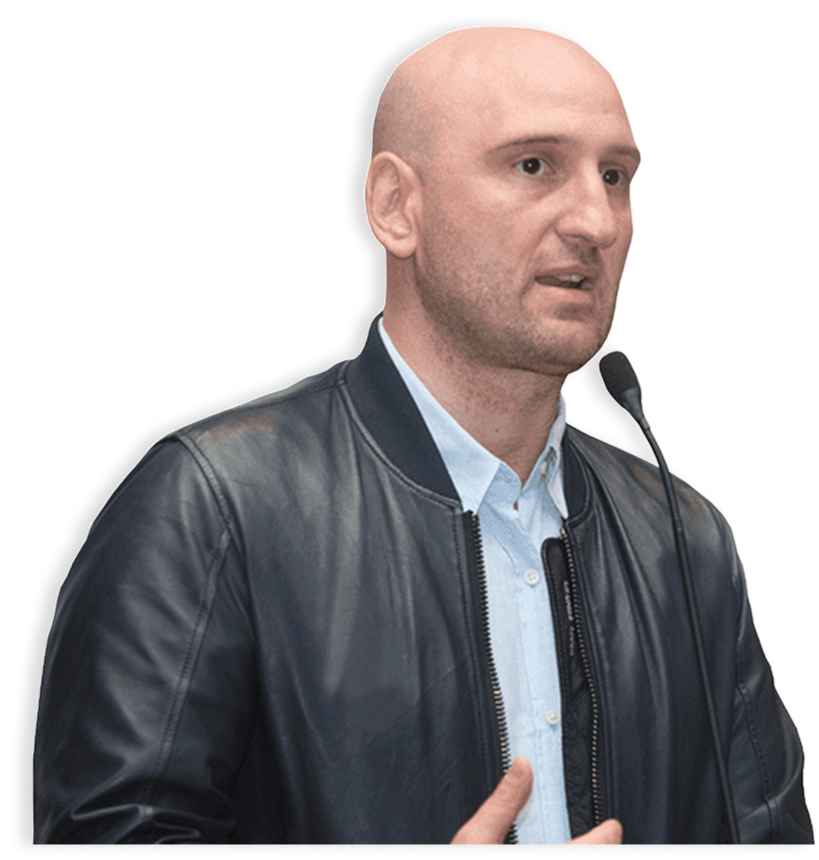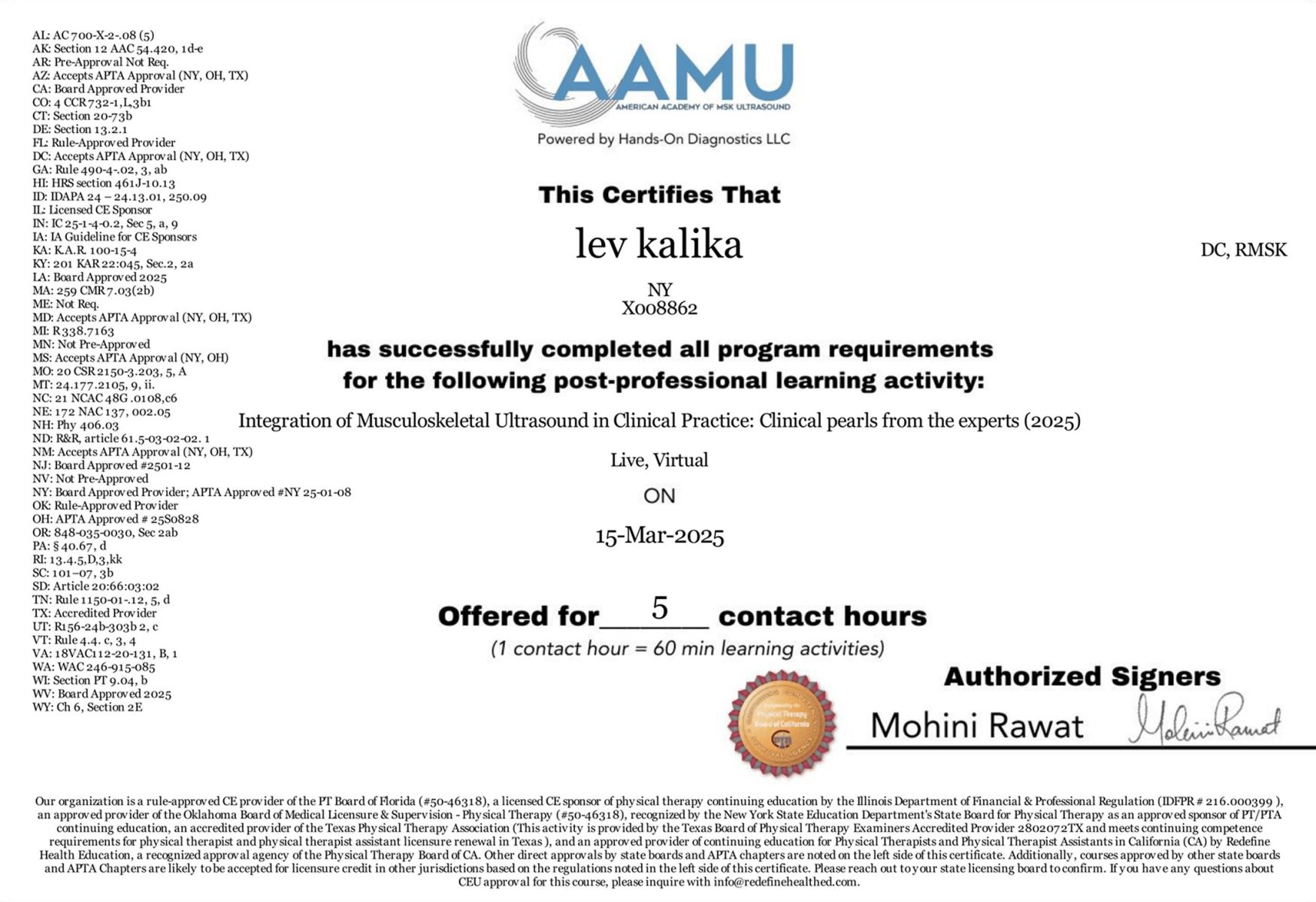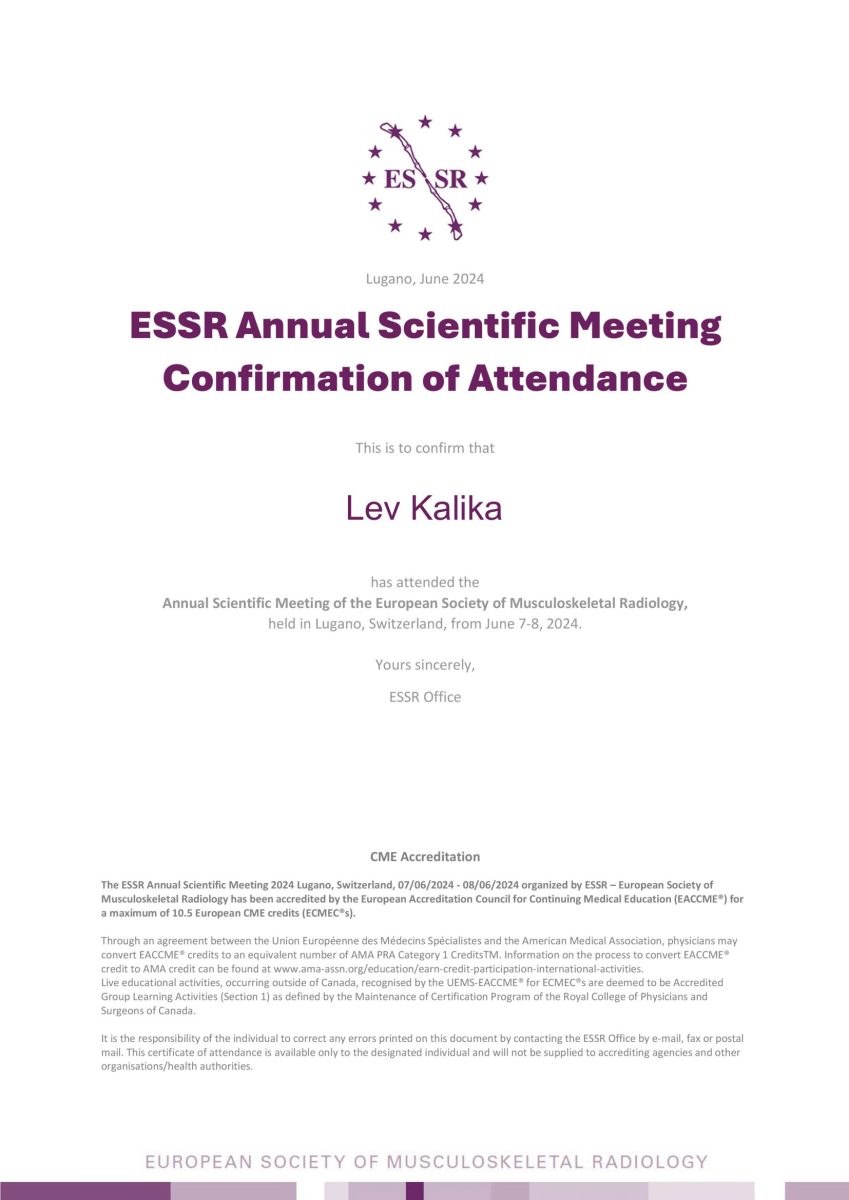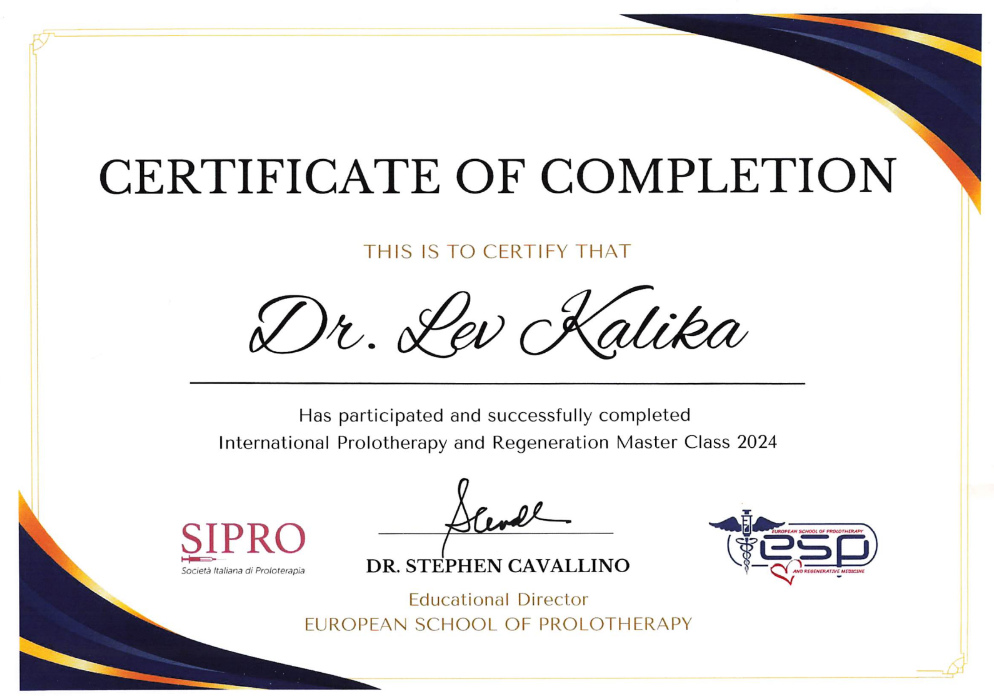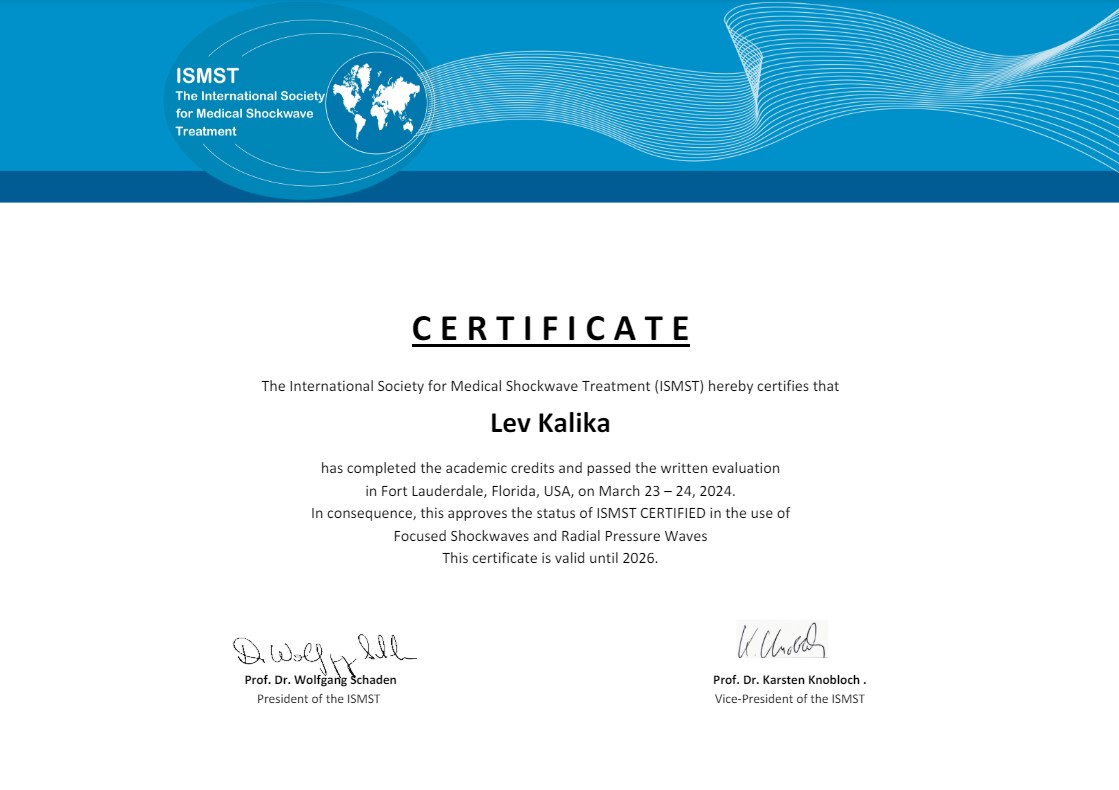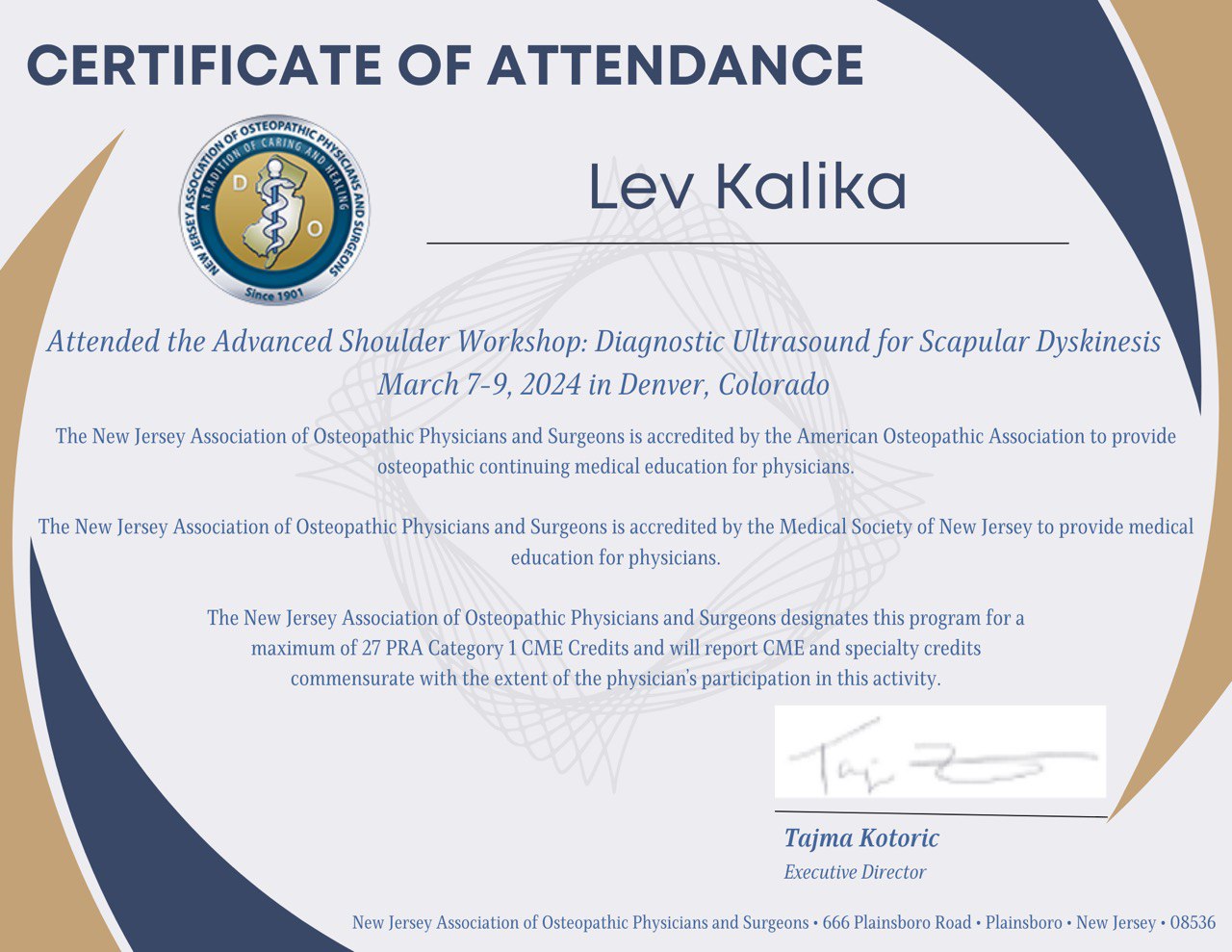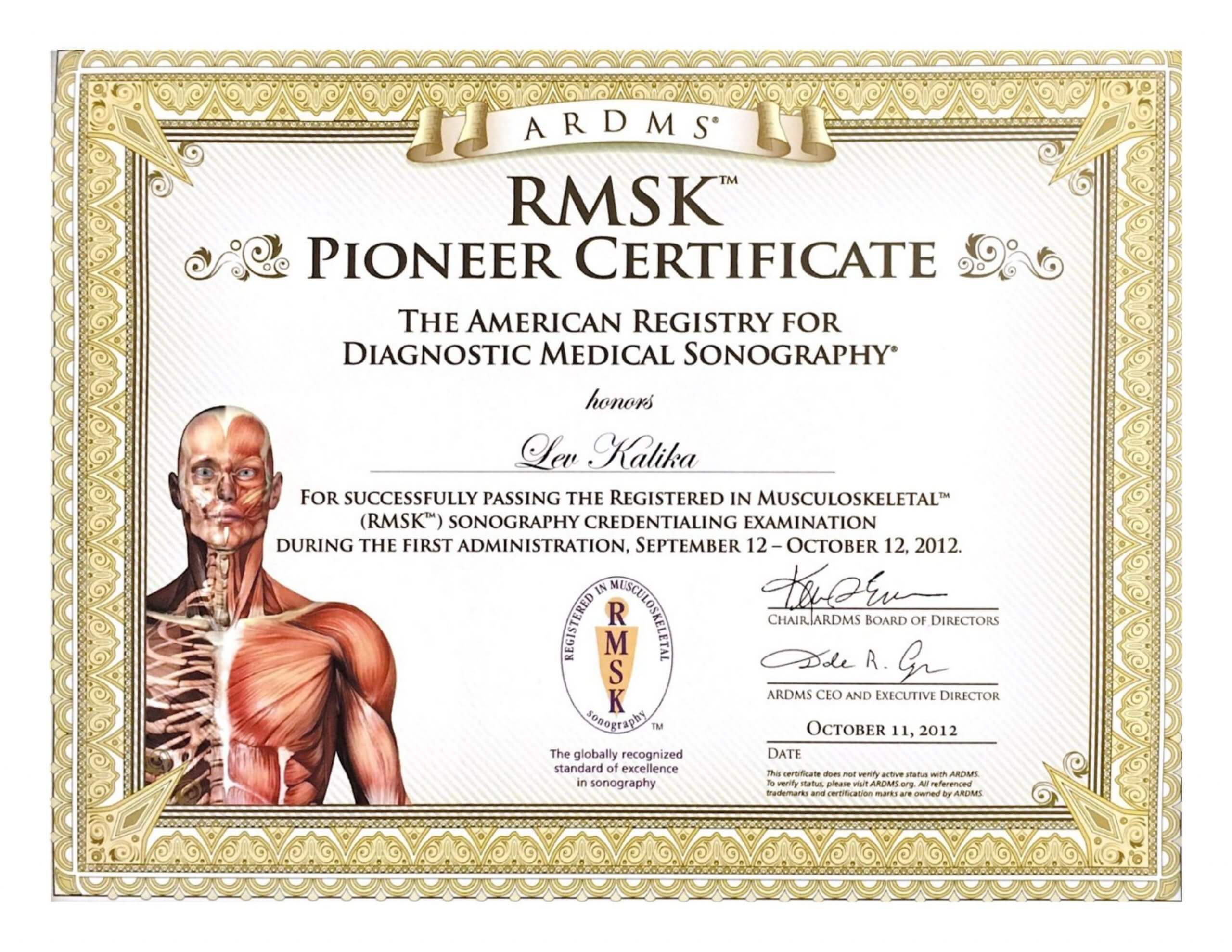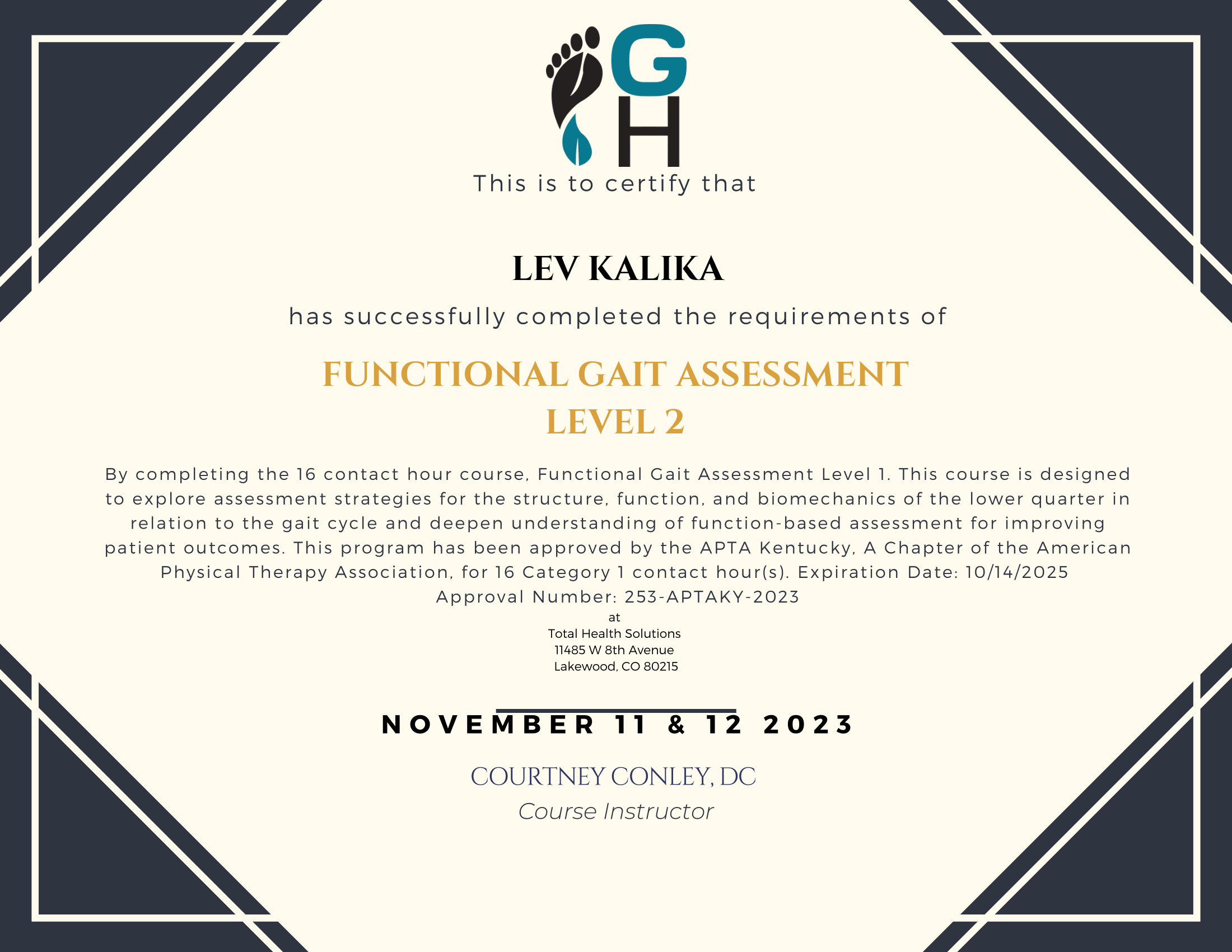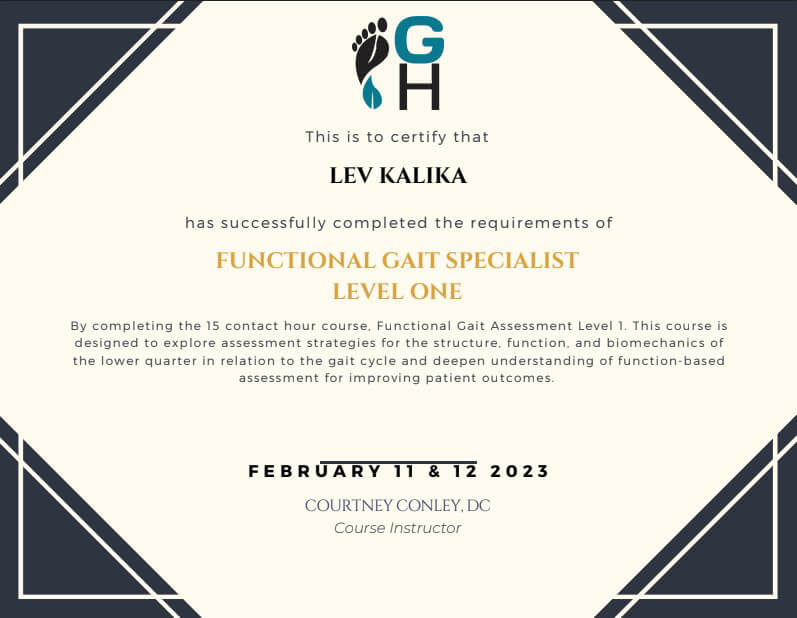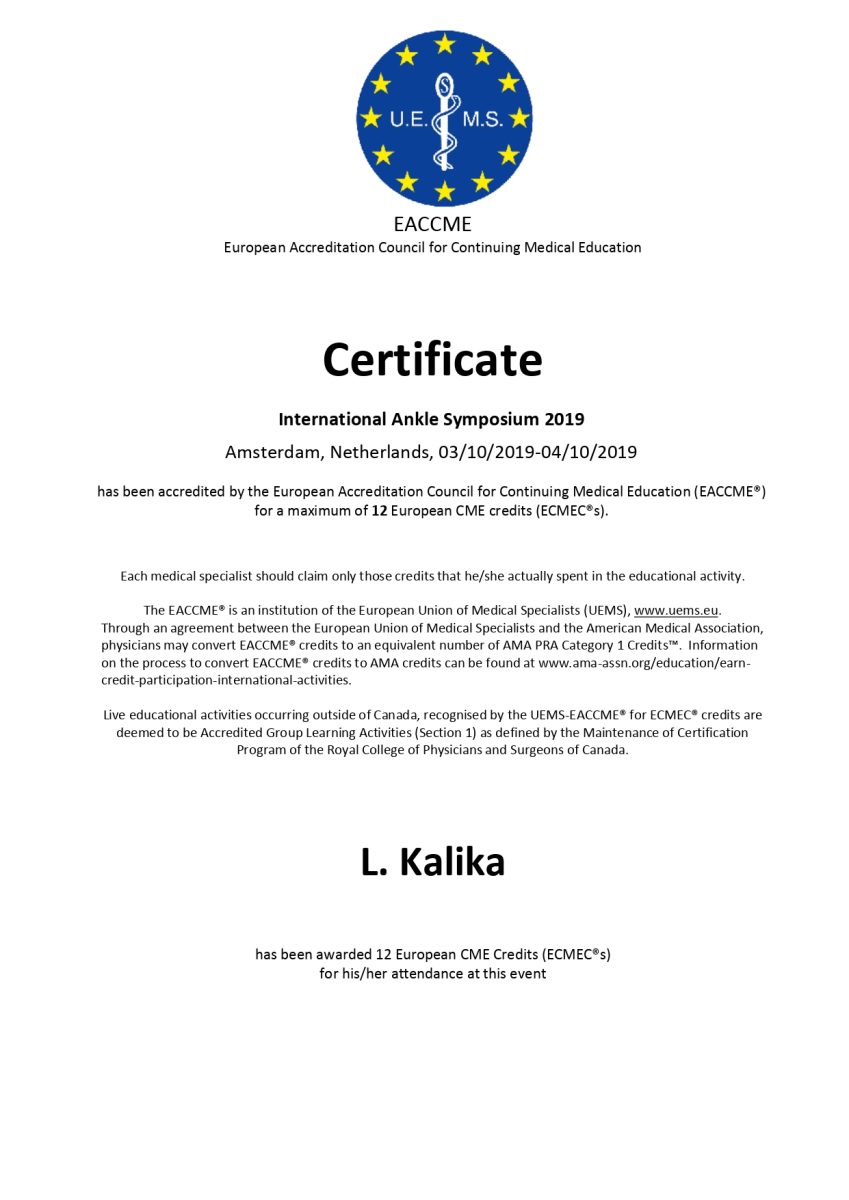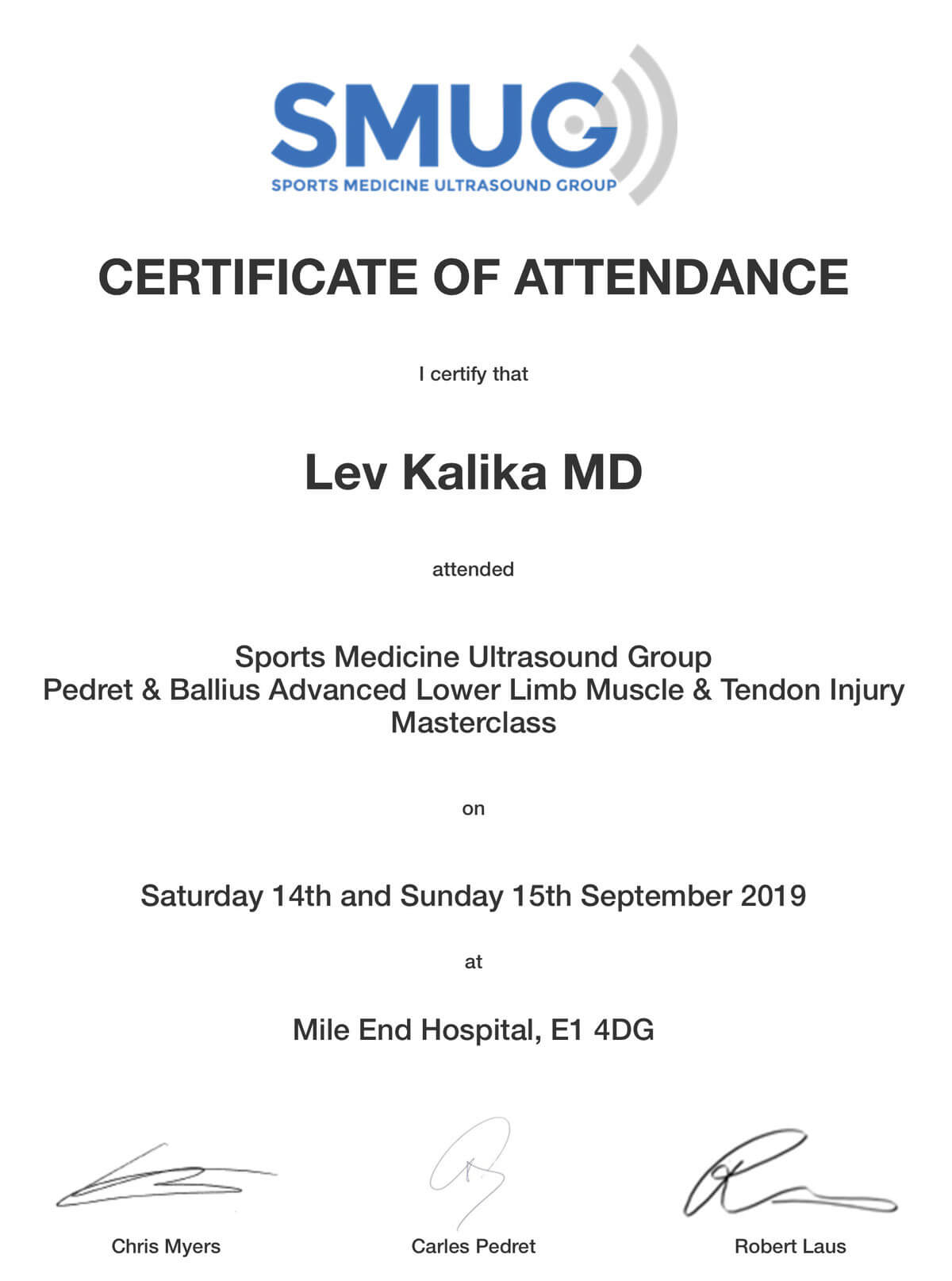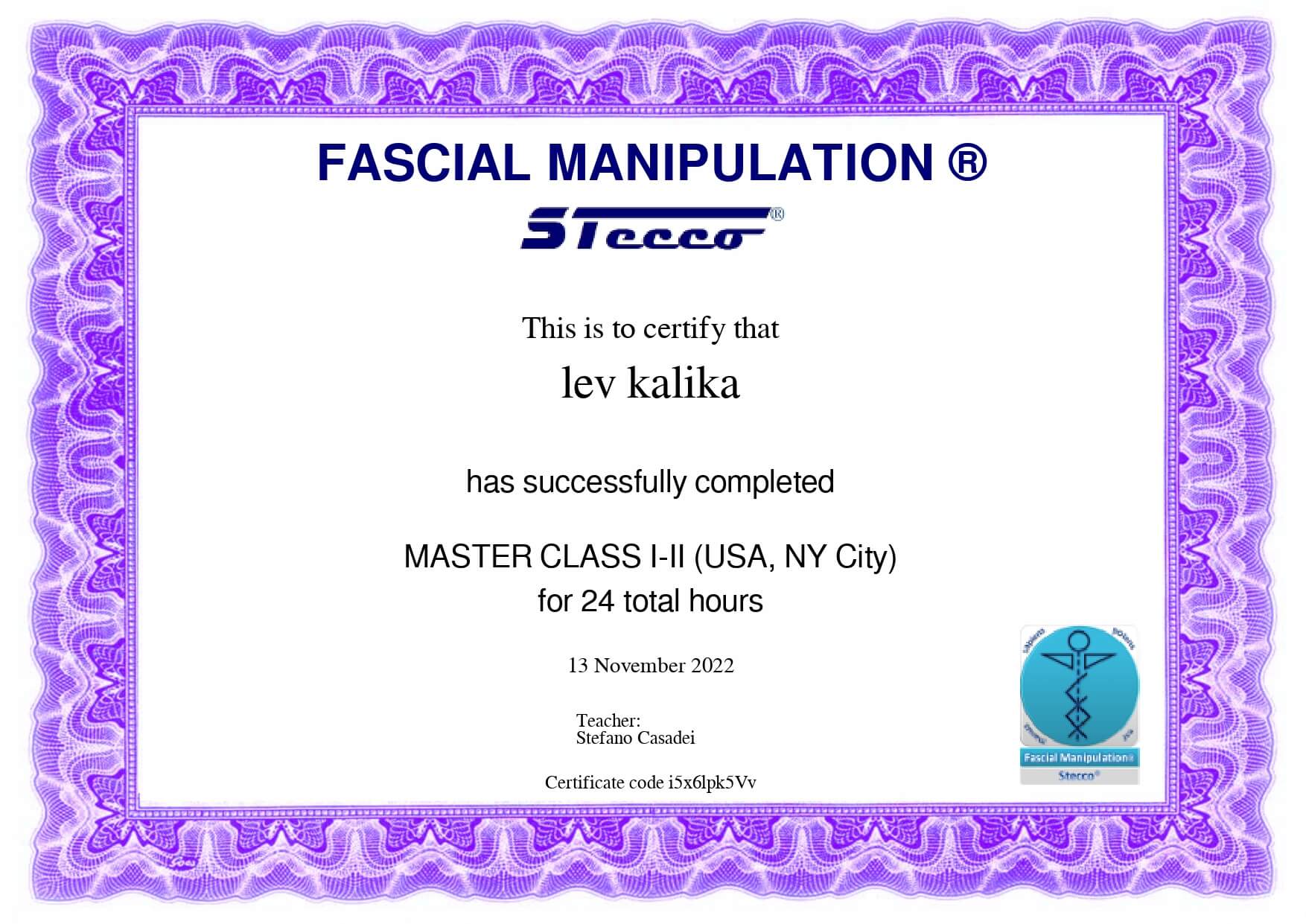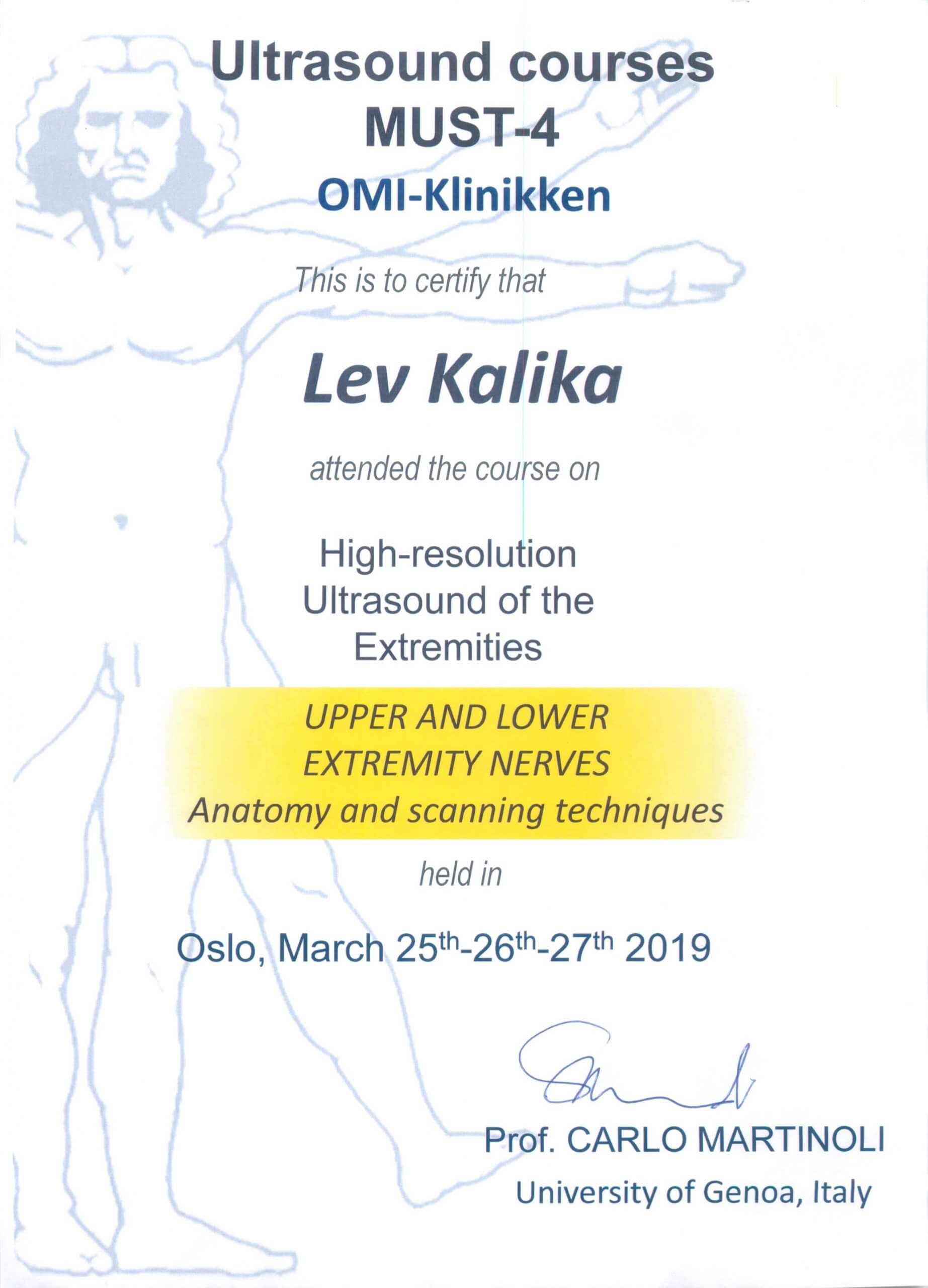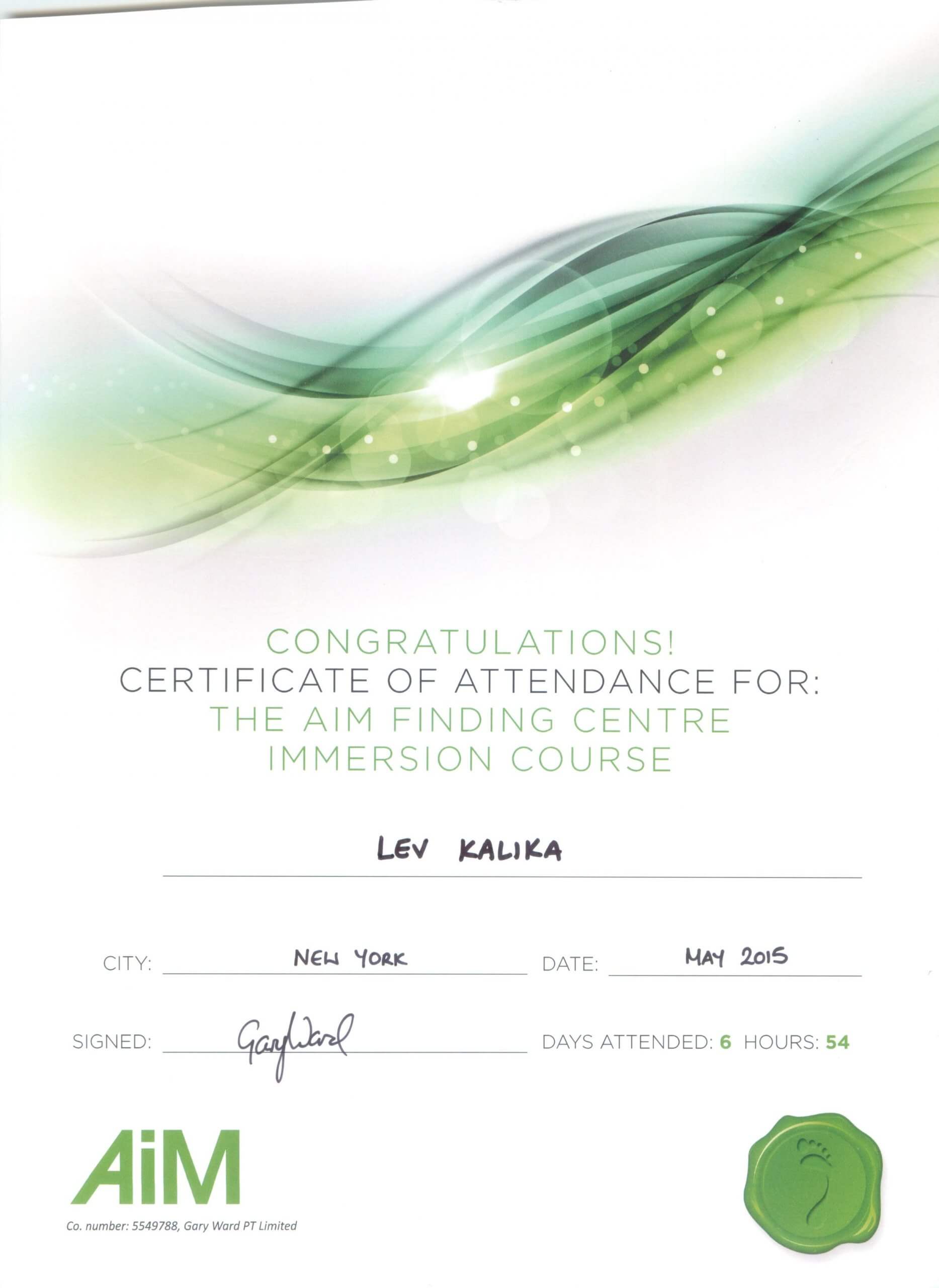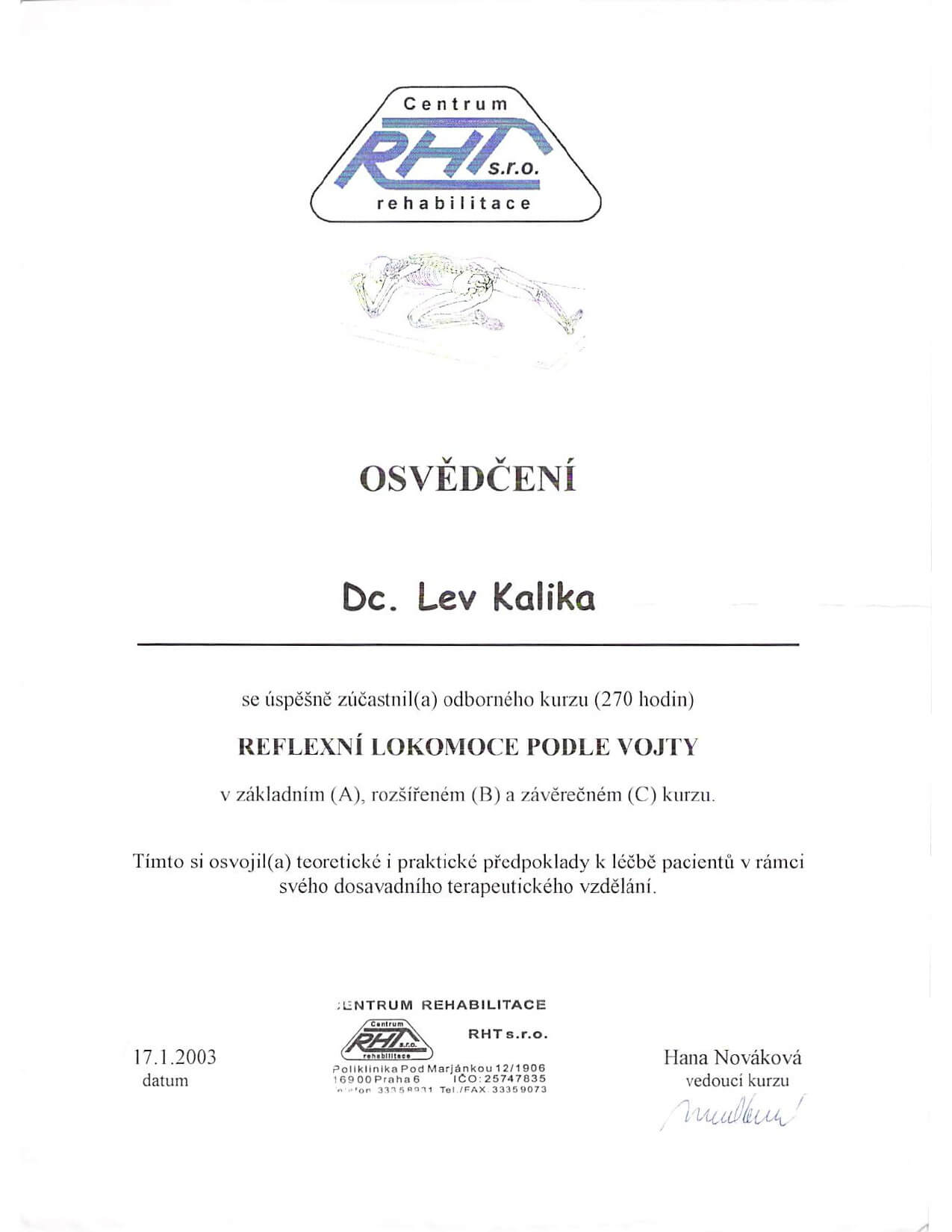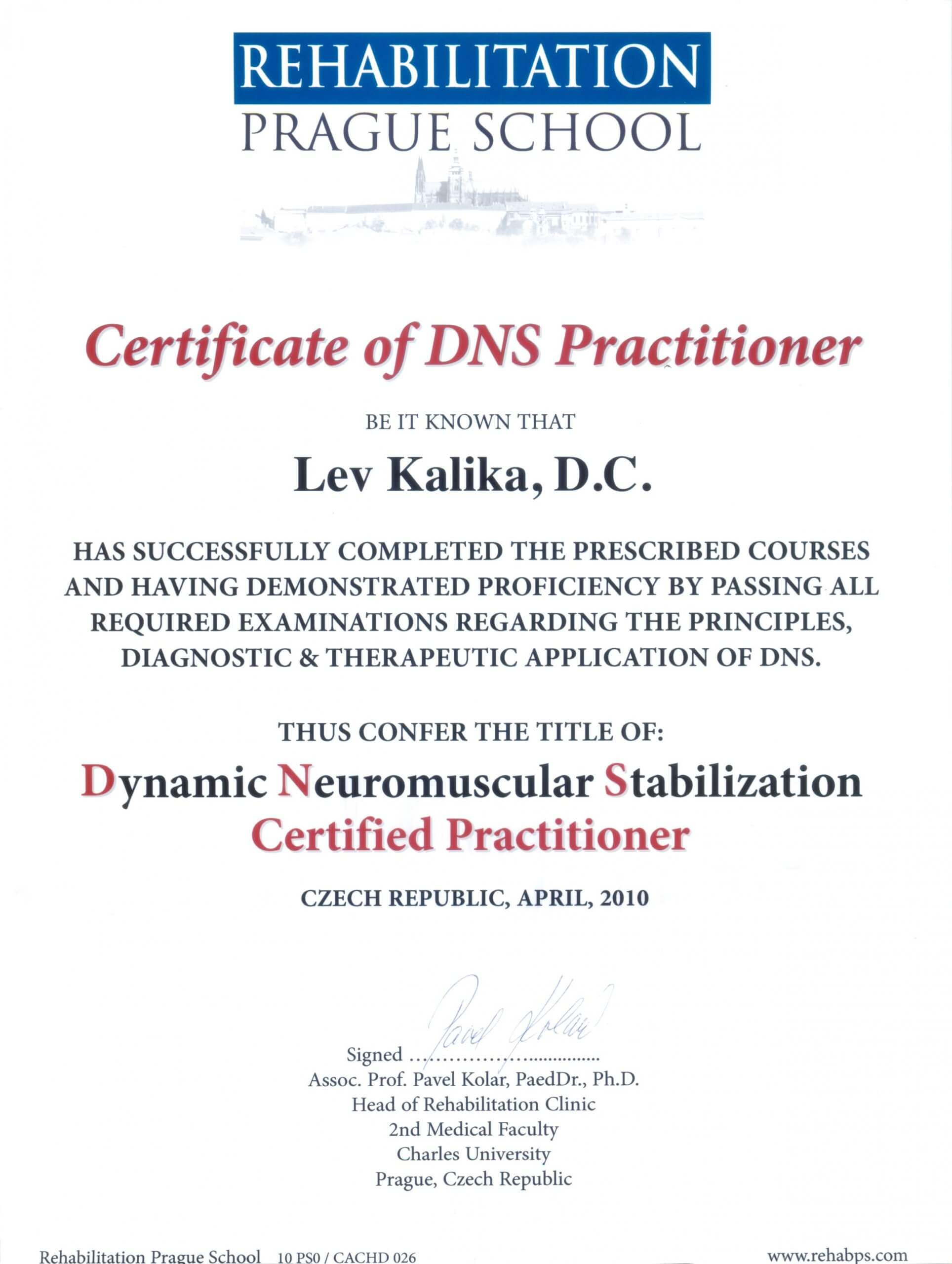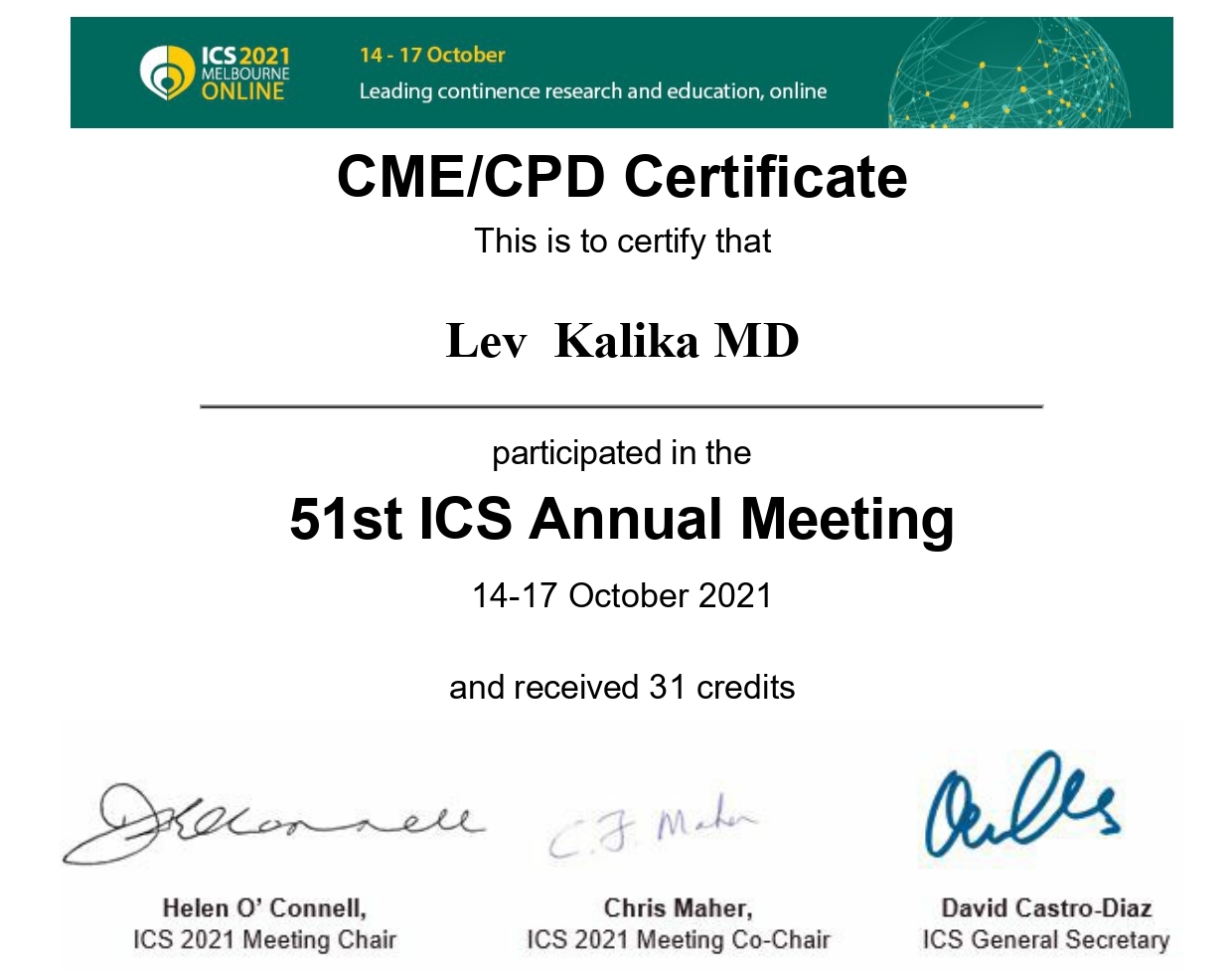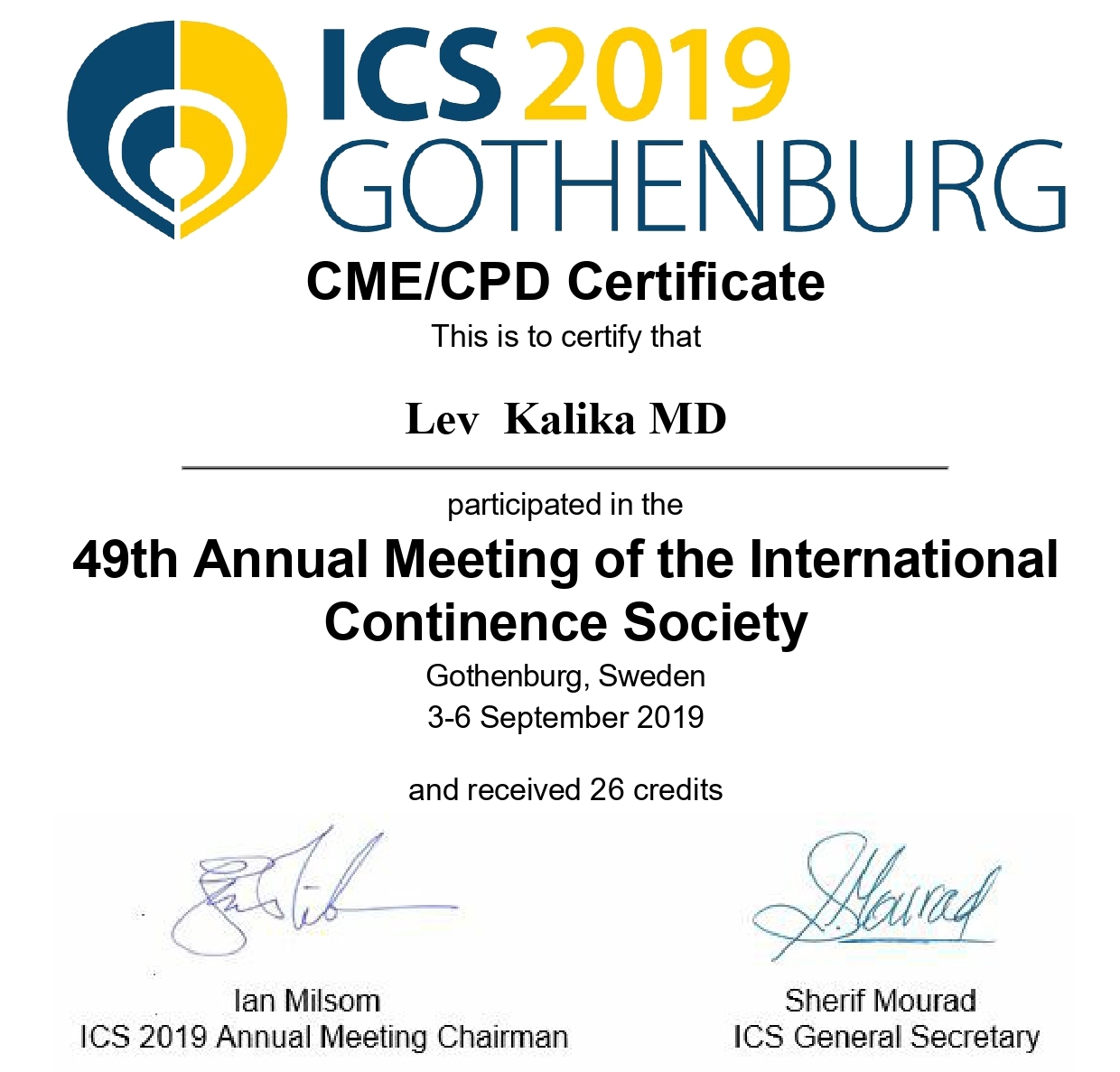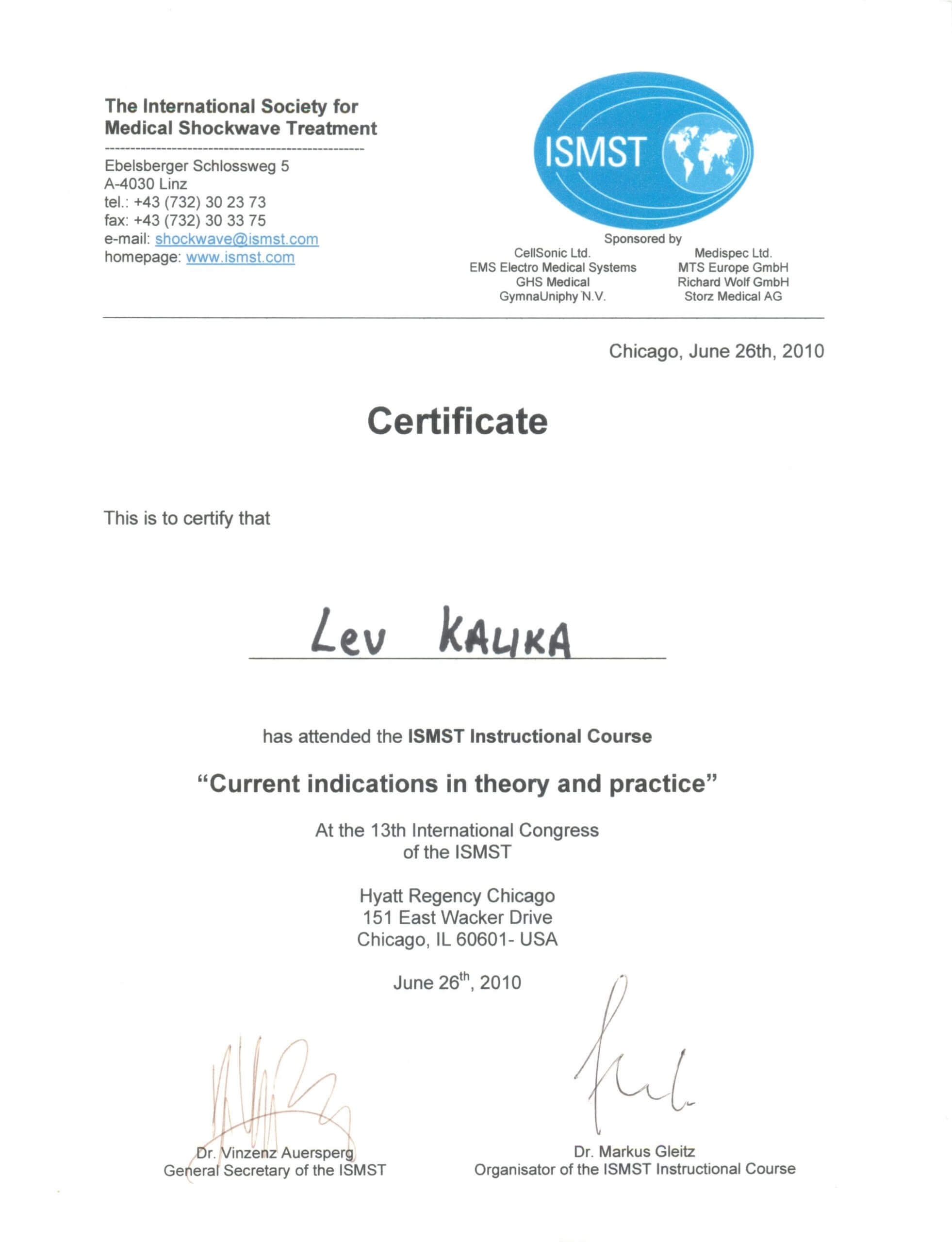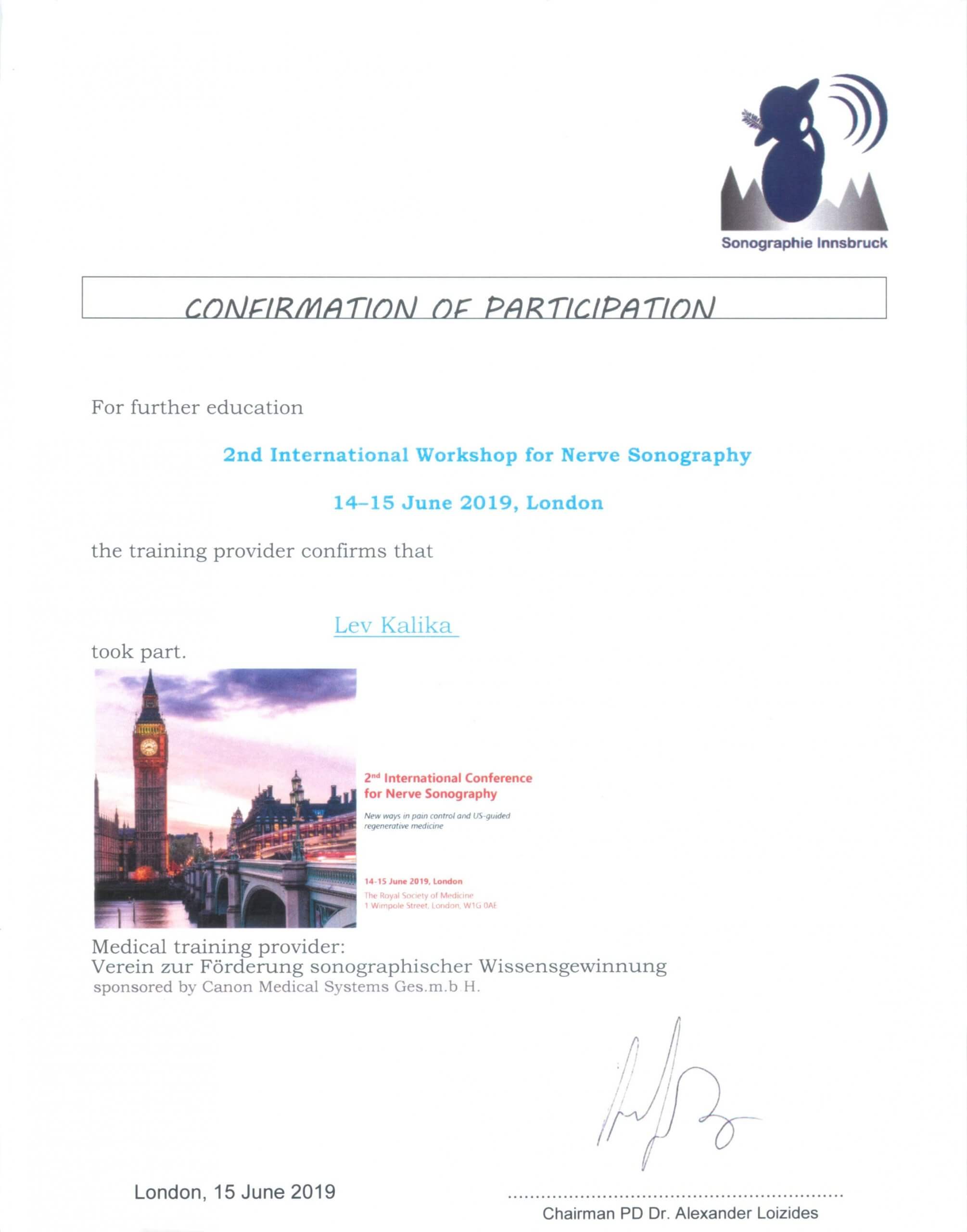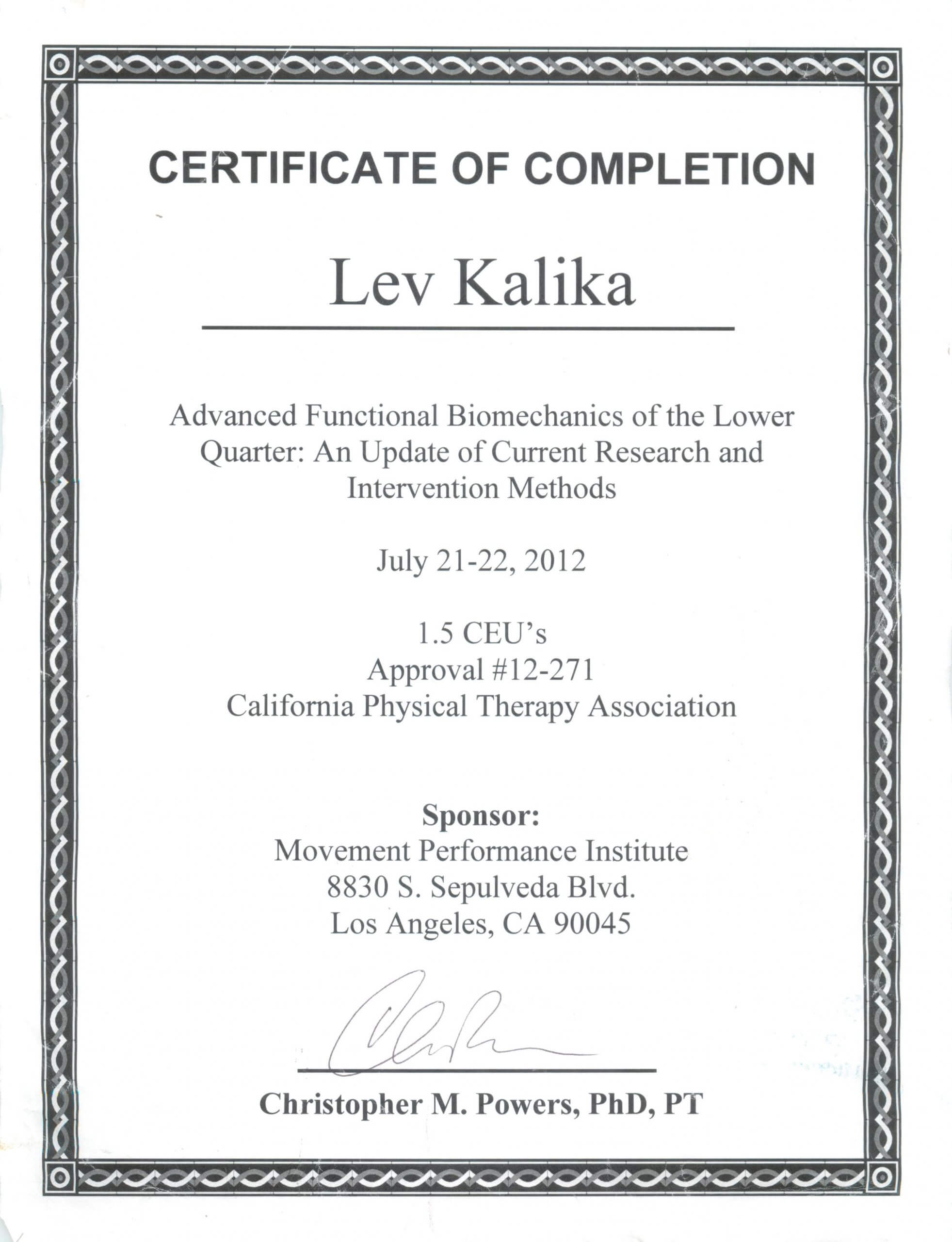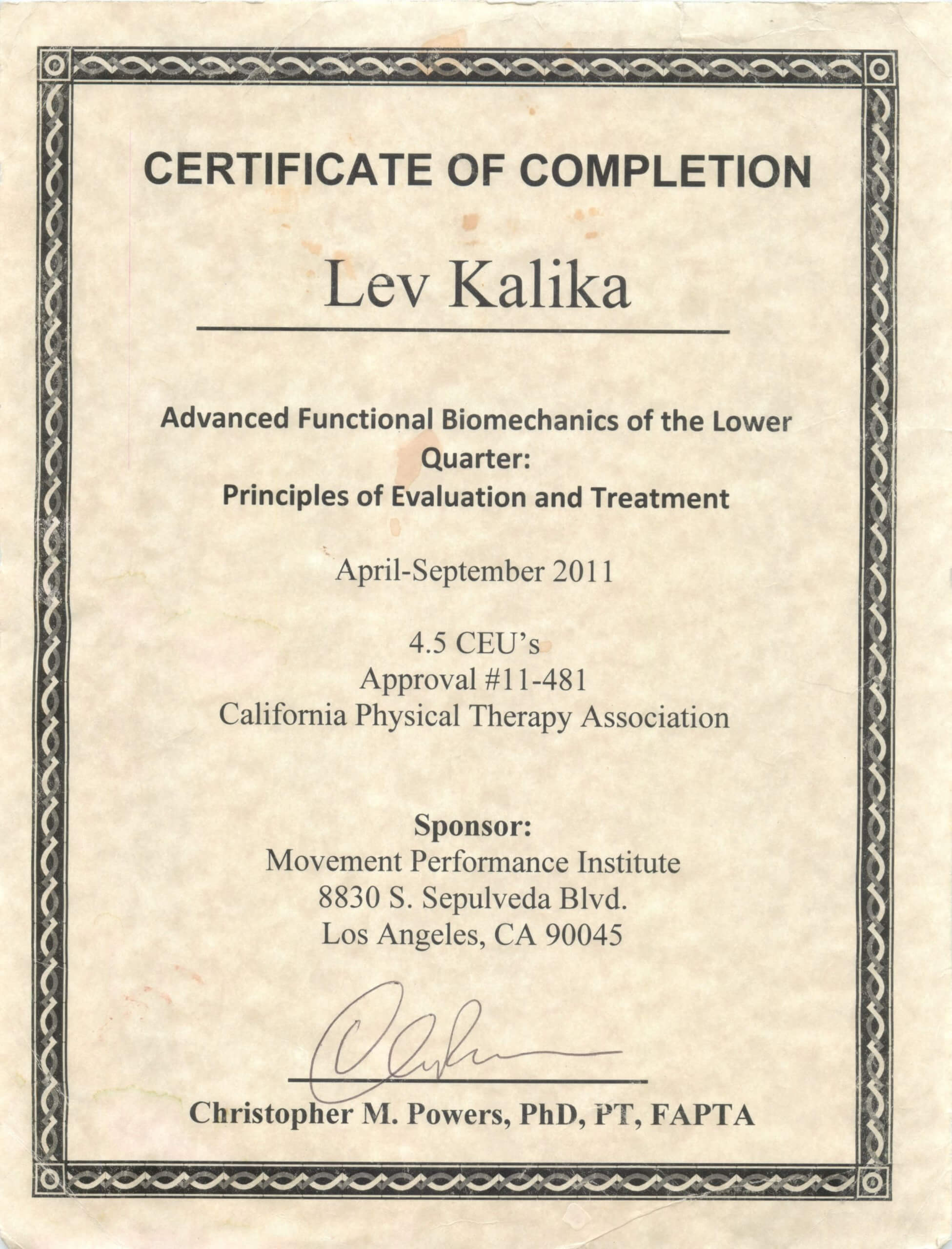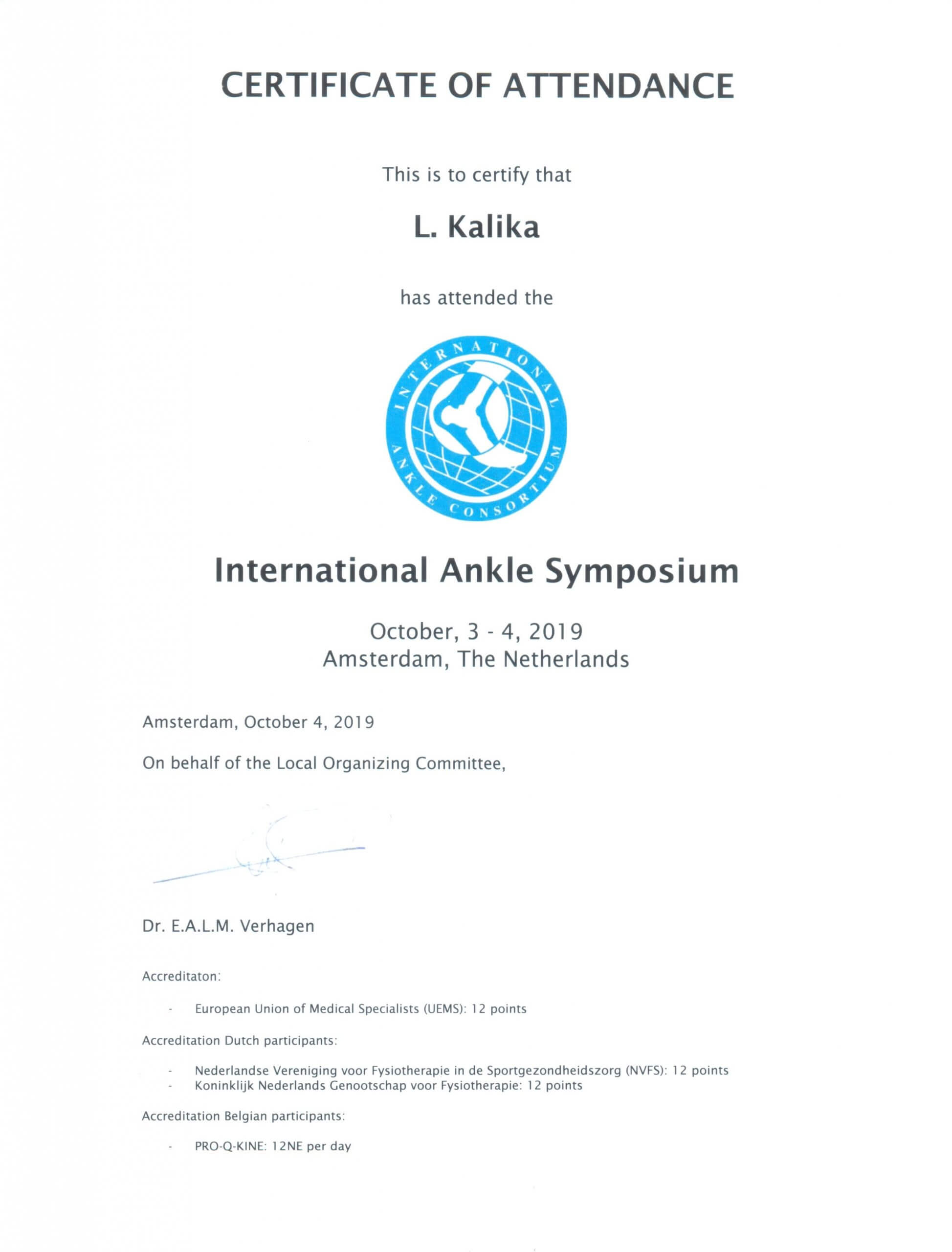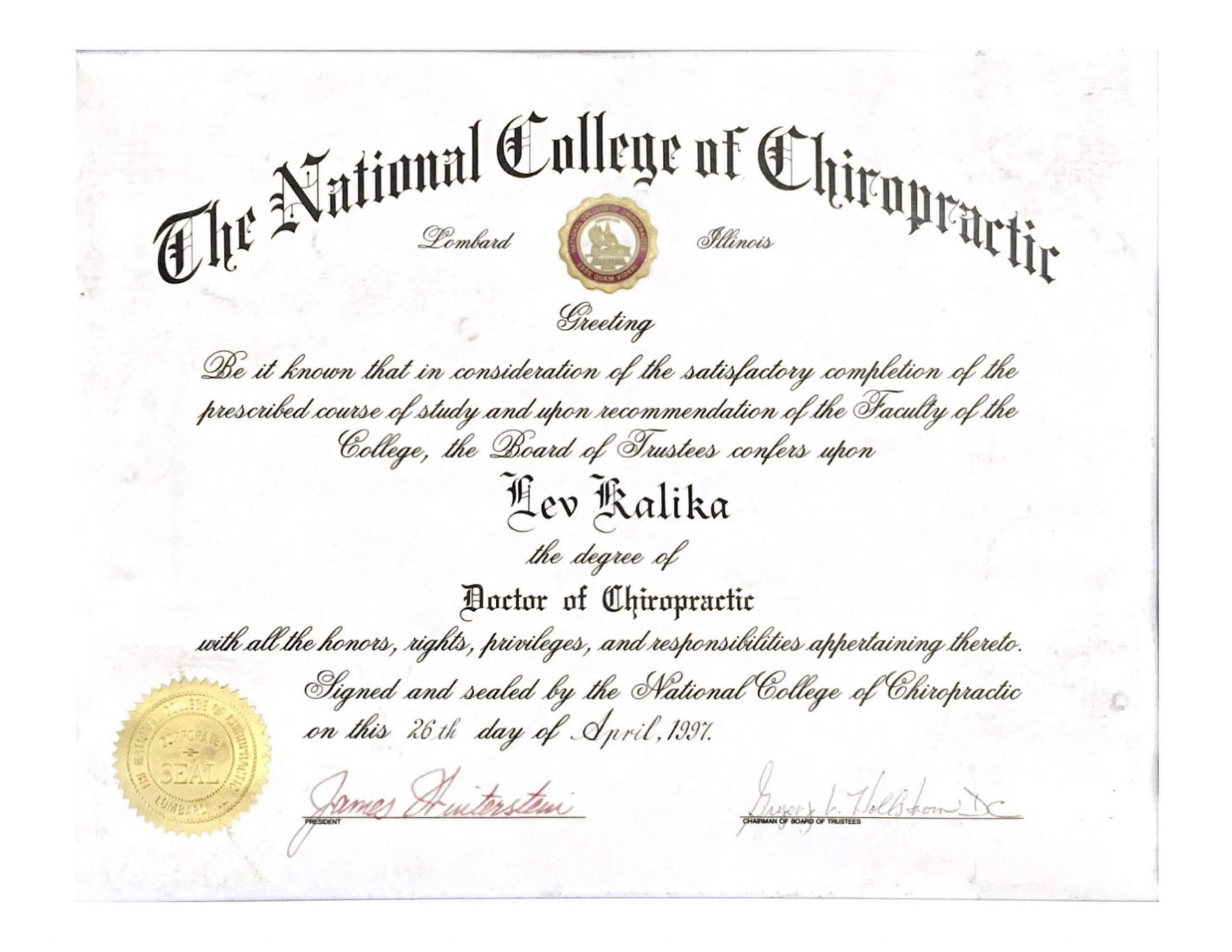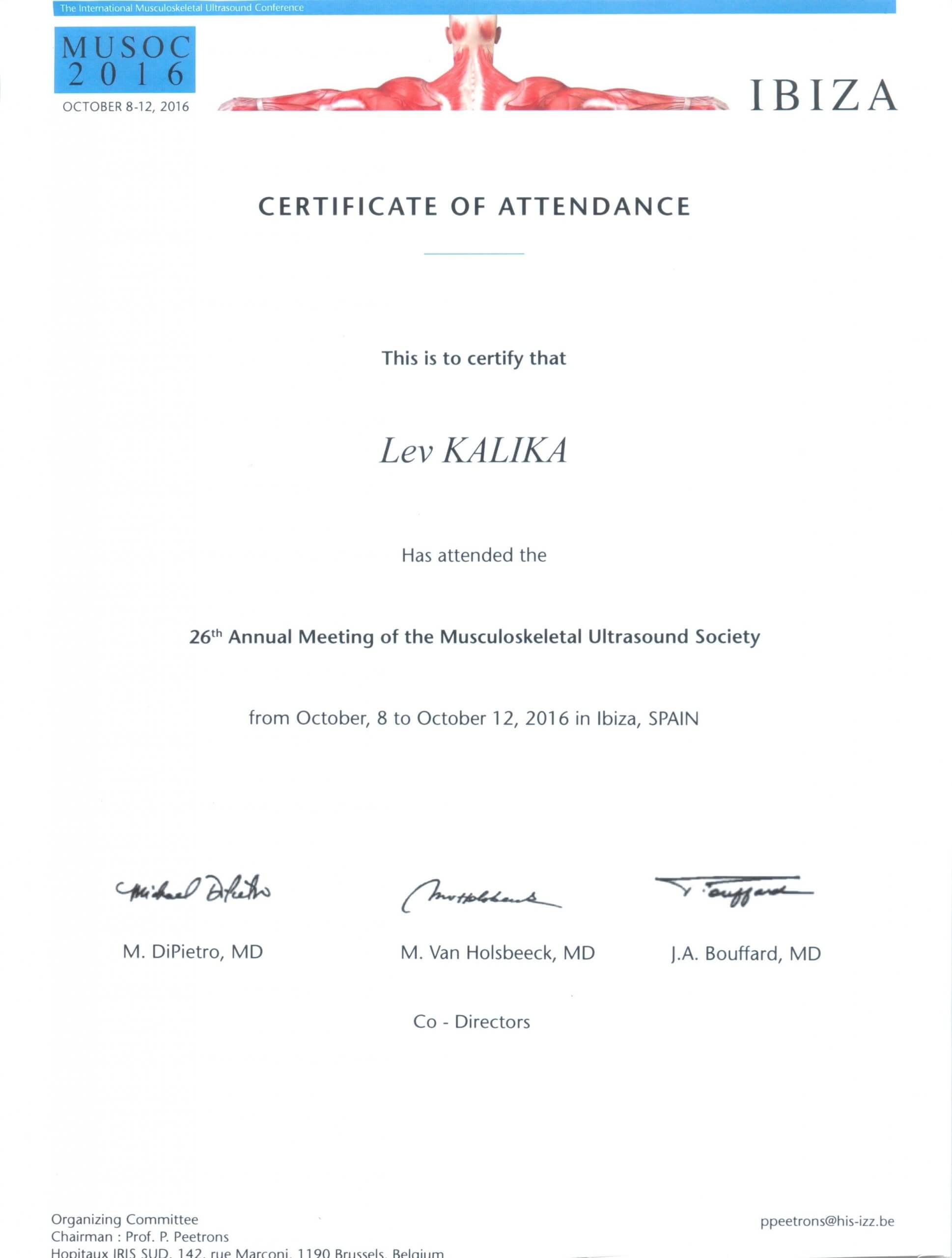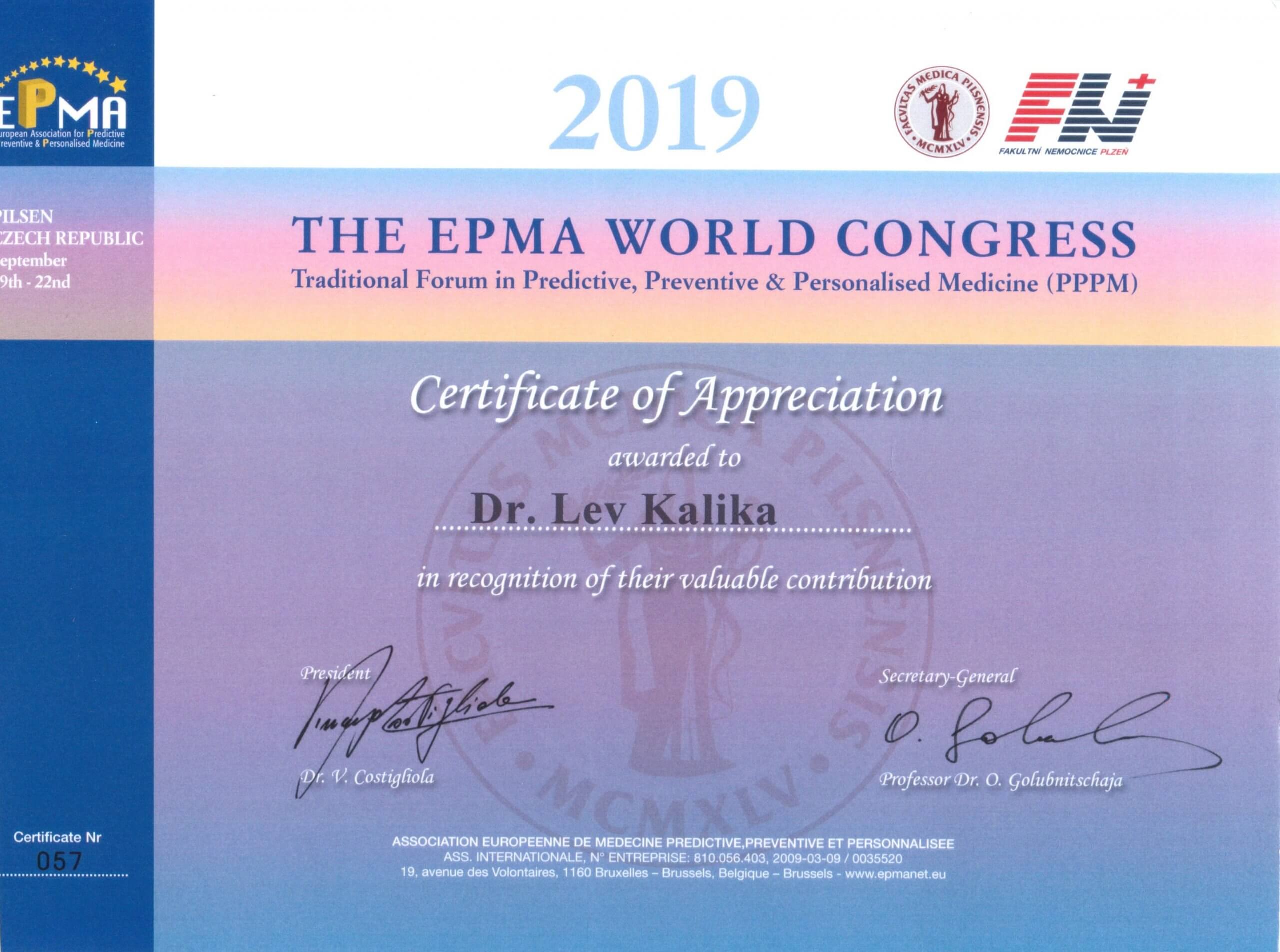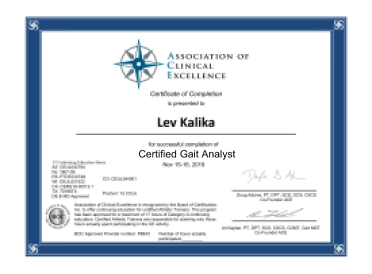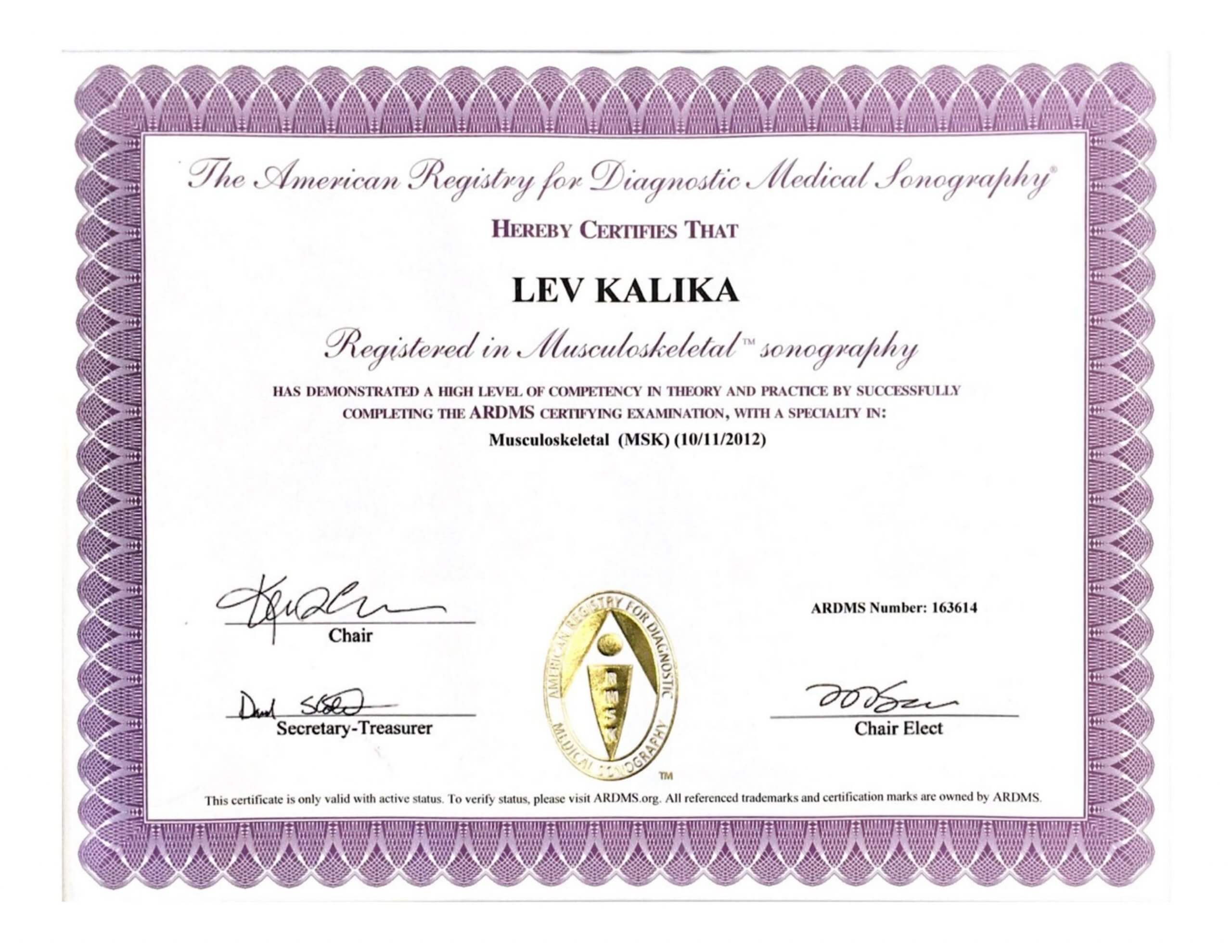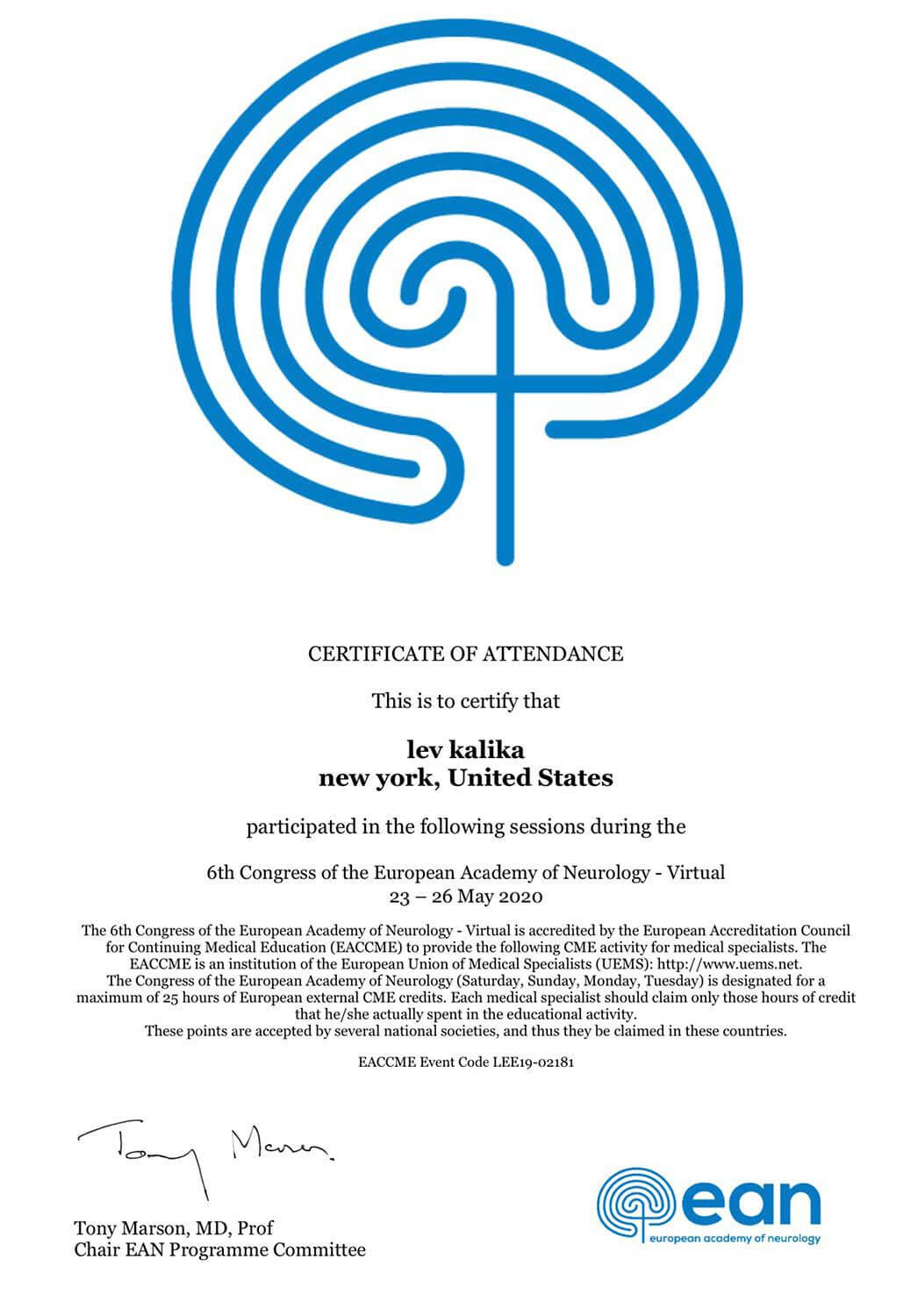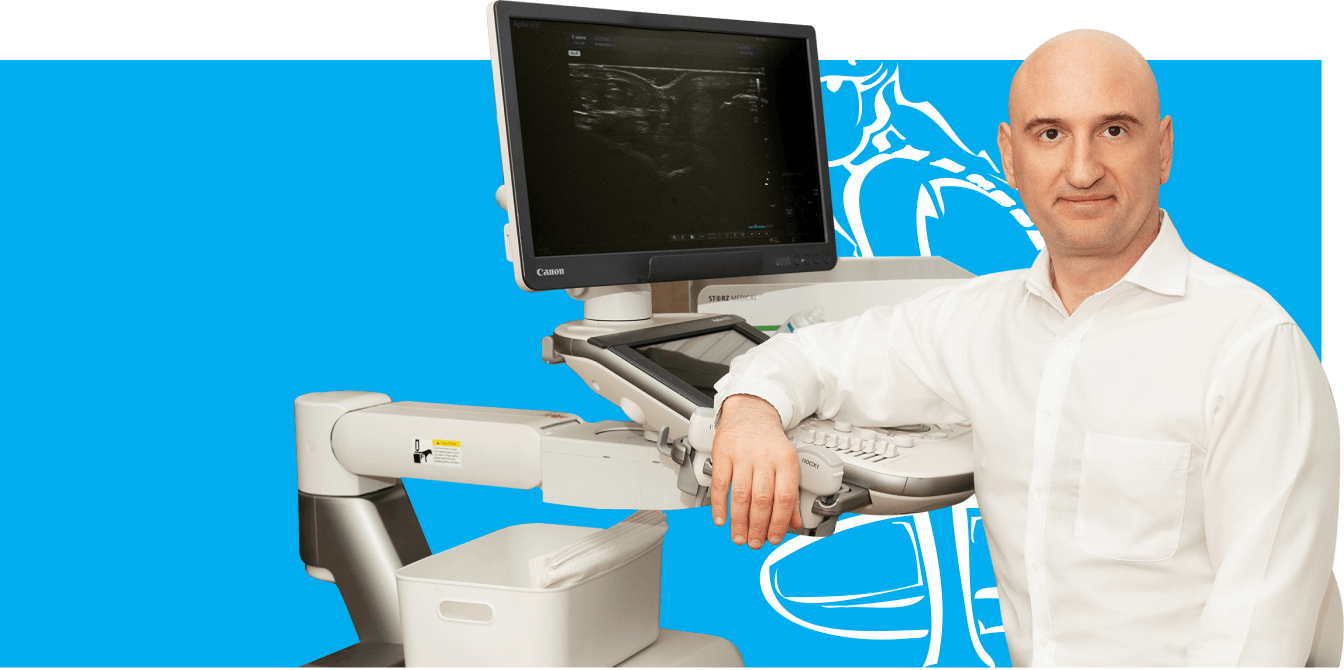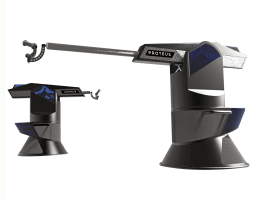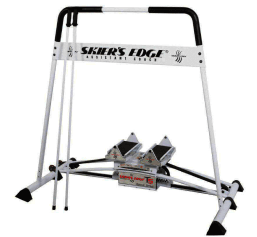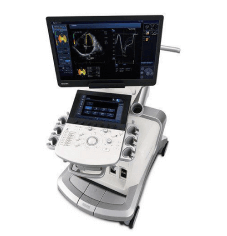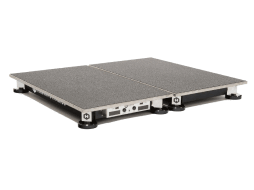Diastasis Rectus Abdominis, or DRA, is a common and natural condition experienced by women during pregnancy, although it can occur in anyone subjected to intra-abdominal pressure, including men. DRA is a separation of the two long muscle segments of the rectus abdominis that divide the “six-pack” down the middle. The separation takes place along the linea alba, the thin collagen sheath that runs the length of the RA, caused by pressure from the growing baby.
After pregnancy, the abdomens of about two-thirds of new mothers return to their pre-pregnancy gap. The remaining third retain a larger gap, accompanied by dysfunction of the linea alba and abdominal wall. Depending on the size and location of the diastais, it may be readily visible beneath the skin. Severe diastasis can be cosmetically disfiguring, but it can also cause other serious health problems.
Your ability to recover from DRA and tighten the abdominal gap has a great deal to do with the resiliency of your connective tissue, and your ability to control your abdominal center. Exercise may help, but in some cases it can do more harm than good.
In severe cases of DRA, surgery may provide a cosmetic improvement. However, surgery cannot resolve pelvic floor dysfunction. Conservative treatment by a trained physical therapist can help narrow the gap and restore function to your pelvic floor and abdomen.
The women’s health specialists at NYDNR are trained and experienced in treating DRA and its side effects. Contact us today, and take your first step toward resolving your DRA and restoring healthy pelvic function.



